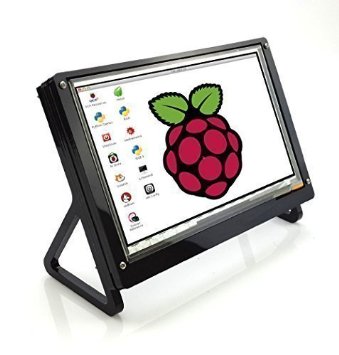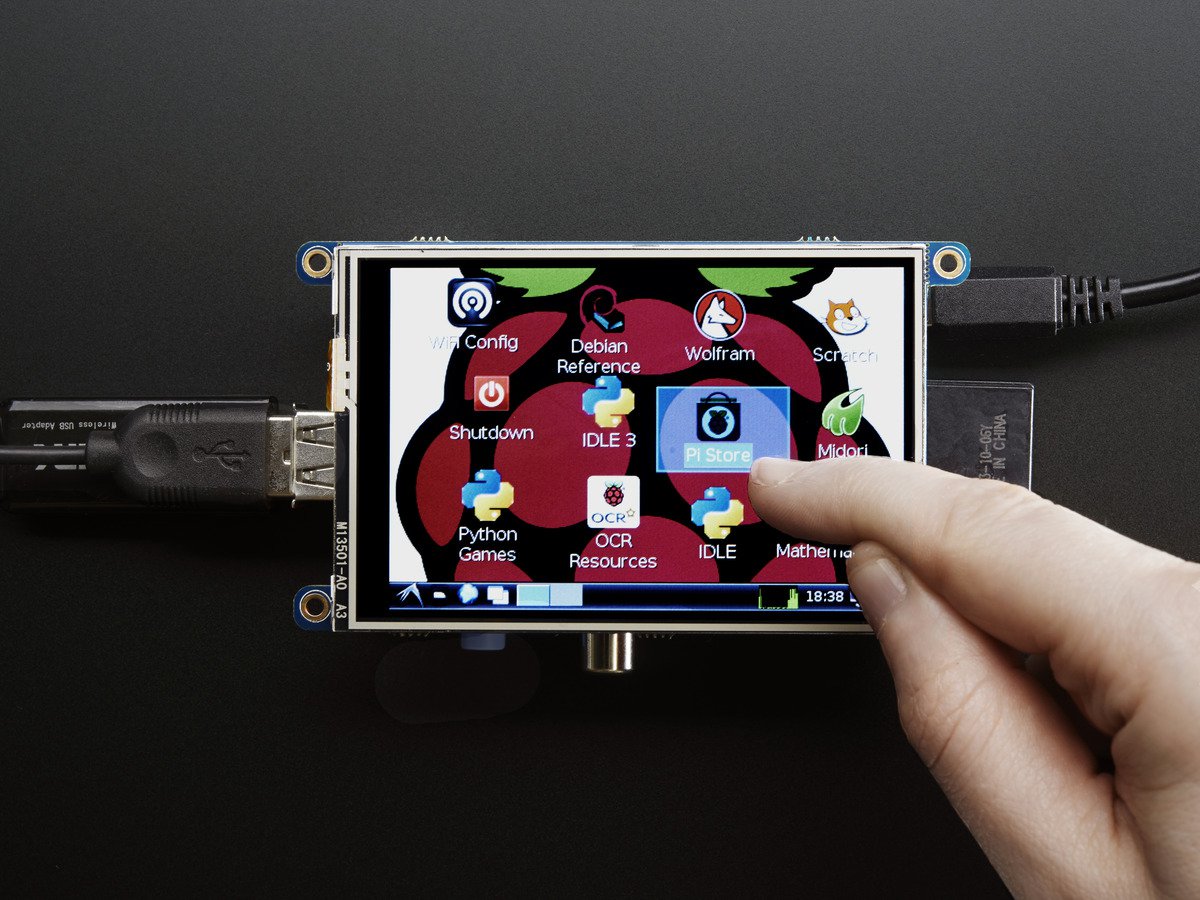Currency
Four Hot Touch Screen Displays For Raspberry Pi
August 09, 2016

Have you noticed that you're spending more time on your smartphones, tablets and other electronic devices than you are on your desktop computer? Perhaps one of the reasons is that these devices are more fun to use. With the swish of a finger, you can turn pages. By separating your forefinger and thumb, you can zoom in on text and images. You can even swirl your finger over letters to write words. With a touchscreen monitor, you can now bring this efficiency and style to your desktop computer.
Touchscreen monitors have been advancing with rapid development of technology, sharing more and more functions like that of more applications support touch capabilities, which makes these monitors even more practical for a desktop setting. And adding the touchscreen capabilities to your monitor only enhances its usability and provides a high-tech feel. Besides, They also have response times of five milliseconds or lower. The lower the response time, the less blur you will see when watching movies or playing games. Additionally, you'll want a monitor that has a low pixel pitch. This measures how far away each pixel is from the others. The closer the pixels are to one another, the crisper your image will be. When it comes to the viewing angle, the larger the angle, the more places you'll be able to sit in your room and still have a great viewing experience.
 Touchscreen displays are always one of the coolest things that you can add to a raspberry pi. Having a neat display always boosts the overall funk of your project. You can build upon a prolific number of applications using portable TFT LCD displays. Maybe create even your own customized smartphone.
Why not take actions now! You could make great projects for use. Now here recommended four Touch Screen Displays for you to make something.
[table id=11 /]
Last but not the least, it's my pleasure to select two videos and hope it could bring you something helpful.
Raspberry Pi 7'' LCD Installation
Raspberry Pi Touchscreen: The Pi Touch Display Explained!
Touchscreen displays are always one of the coolest things that you can add to a raspberry pi. Having a neat display always boosts the overall funk of your project. You can build upon a prolific number of applications using portable TFT LCD displays. Maybe create even your own customized smartphone.
Why not take actions now! You could make great projects for use. Now here recommended four Touch Screen Displays for you to make something.
[table id=11 /]
Last but not the least, it's my pleasure to select two videos and hope it could bring you something helpful.
Raspberry Pi 7'' LCD Installation
Raspberry Pi Touchscreen: The Pi Touch Display Explained!
 Touchscreen displays are always one of the coolest things that you can add to a raspberry pi. Having a neat display always boosts the overall funk of your project. You can build upon a prolific number of applications using portable TFT LCD displays. Maybe create even your own customized smartphone.
Why not take actions now! You could make great projects for use. Now here recommended four Touch Screen Displays for you to make something.
[table id=11 /]
Last but not the least, it's my pleasure to select two videos and hope it could bring you something helpful.
Raspberry Pi 7'' LCD Installation
Raspberry Pi Touchscreen: The Pi Touch Display Explained!
Touchscreen displays are always one of the coolest things that you can add to a raspberry pi. Having a neat display always boosts the overall funk of your project. You can build upon a prolific number of applications using portable TFT LCD displays. Maybe create even your own customized smartphone.
Why not take actions now! You could make great projects for use. Now here recommended four Touch Screen Displays for you to make something.
[table id=11 /]
Last but not the least, it's my pleasure to select two videos and hope it could bring you something helpful.
Raspberry Pi 7'' LCD Installation
Raspberry Pi Touchscreen: The Pi Touch Display Explained!
